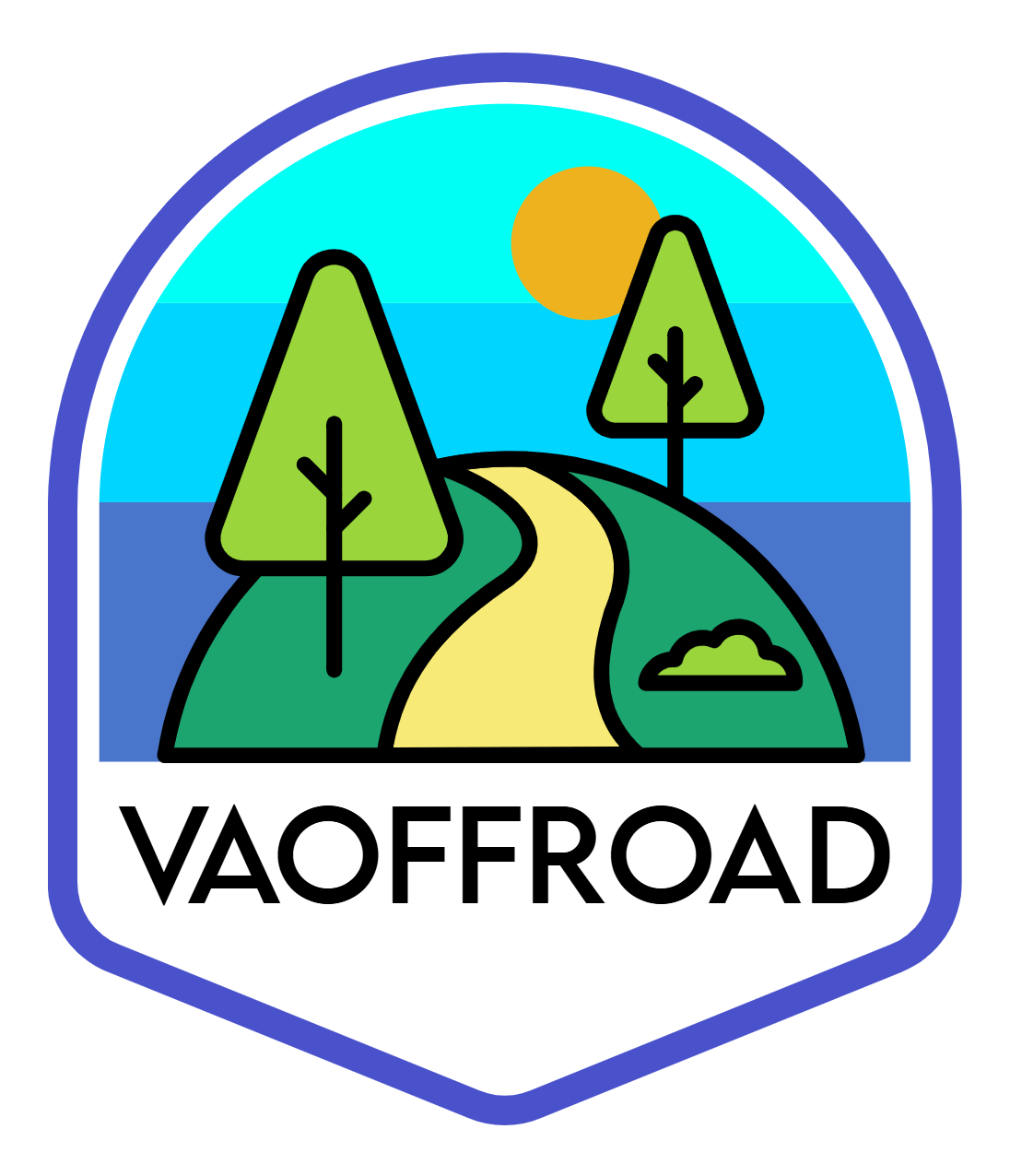Module 1 – What Is Overlanding?
Overlanding is more than driving off-road—it’s a philosophy of travel that blends exploration, endurance, and self-reliance. Where off-roading focuses on conquering technical terrain for recreation, overlanding emphasizes the journey itself. It’s about connecting remote destinations over days or weeks using public lands, forest service roads, and rural routes, often spanning hundreds of miles.
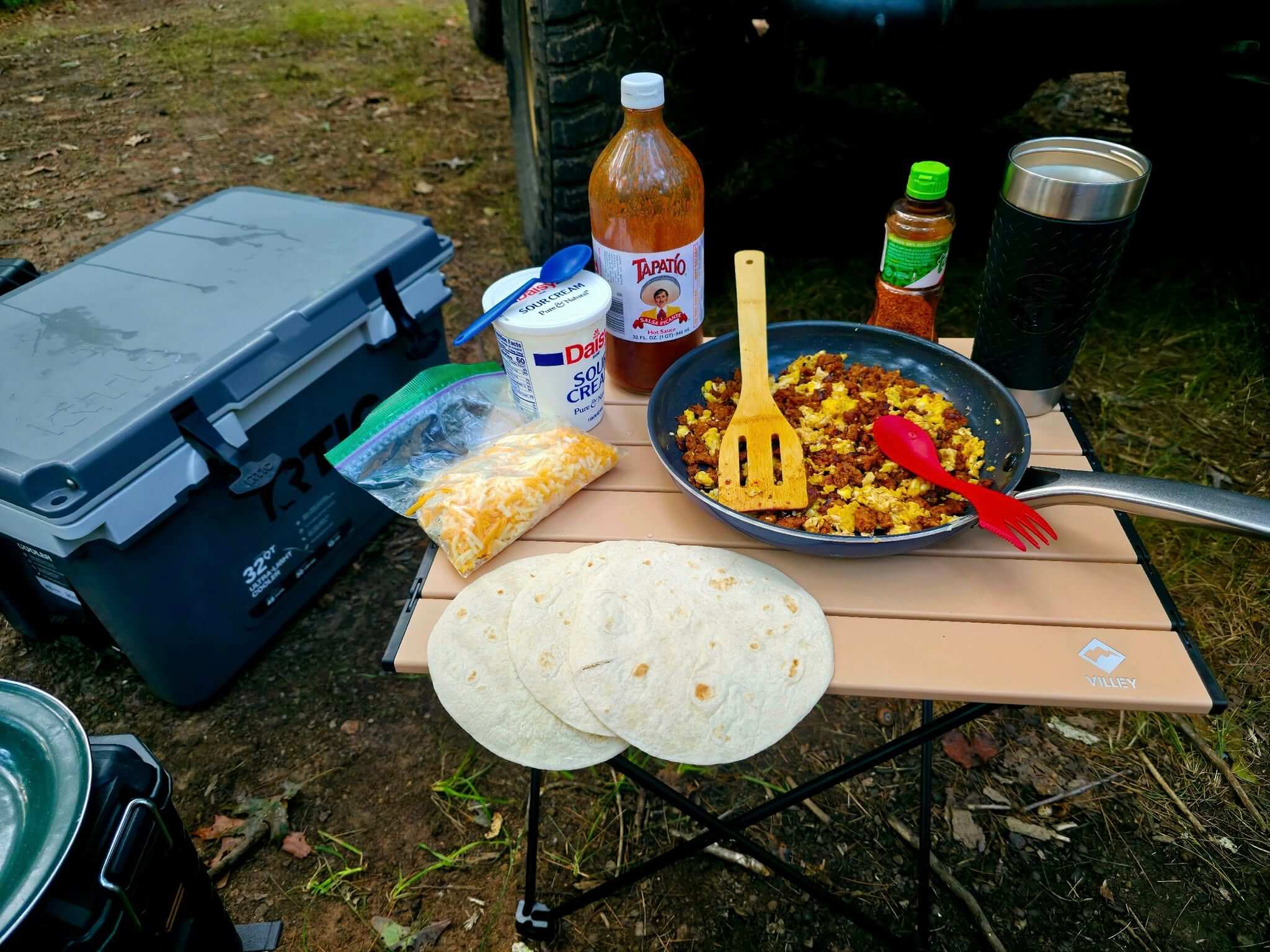
True overlanders travel with purpose: to explore, to learn, and to respect the land. The mindset centers on sustainability and self-sufficiency—carrying everything needed for food, shelter, and recovery while leaving minimal trace behind. Historically inspired by Australian and African expeditions, today’s overlanding community has grown worldwide, supported by advances in mapping, communications, and compact camping gear.
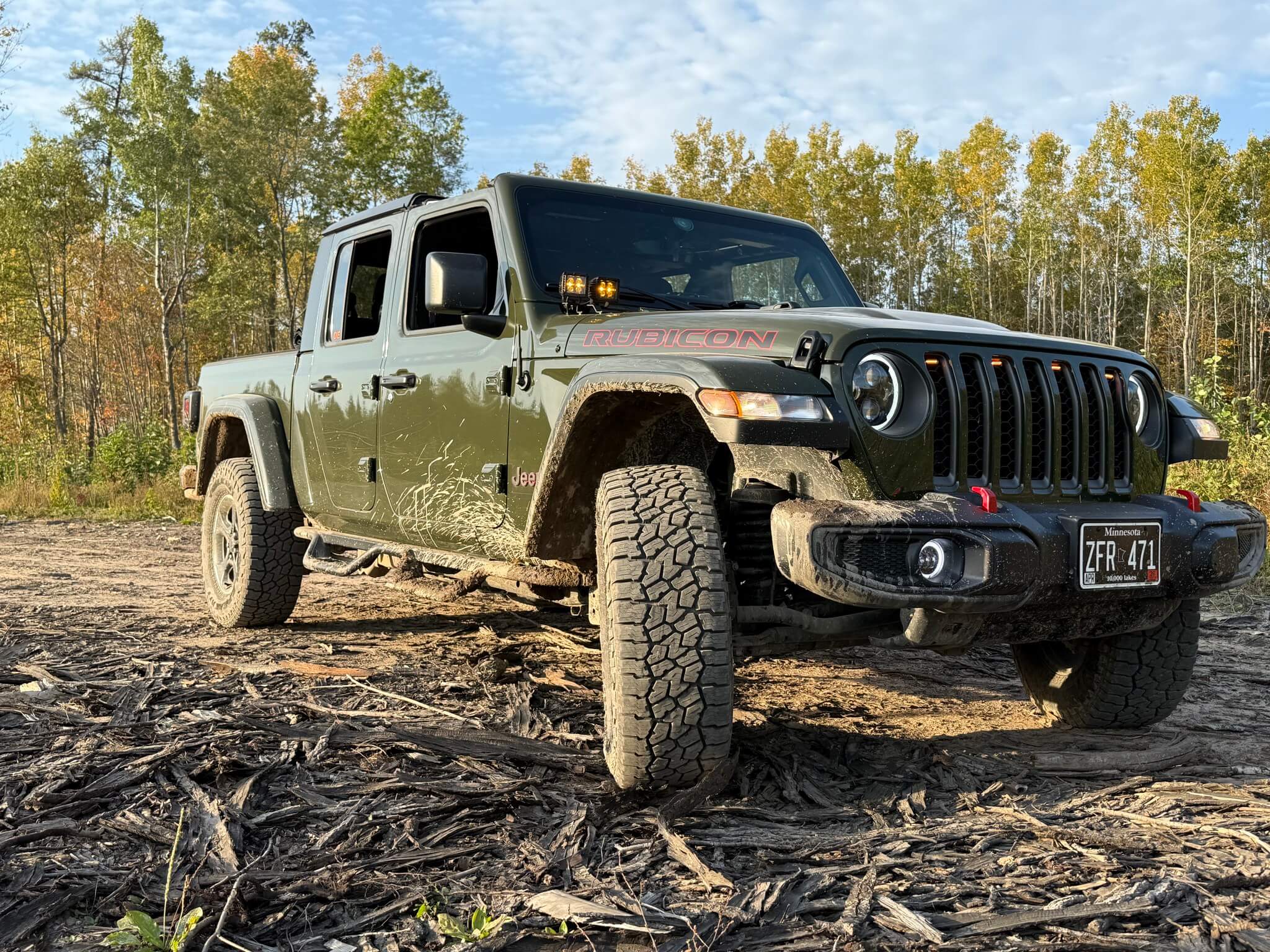
Modern overlanders embrace technology such as GPS navigation, solar power, and portable refrigeration, yet the core values remain timeless: travel light, tread lightly, and leave every place better than you found it.
Module 2 – Vehicle Preparation & Equipment
The heart of overlanding is the vehicle. Whether it’s a midsize 4×4, SUV, or adventure van, the goal is to balance capability, comfort, and reliability—not to build the biggest rig for social media photos. Before any modification, define your mission: weekend trips, multi-week expeditions, or family travel.
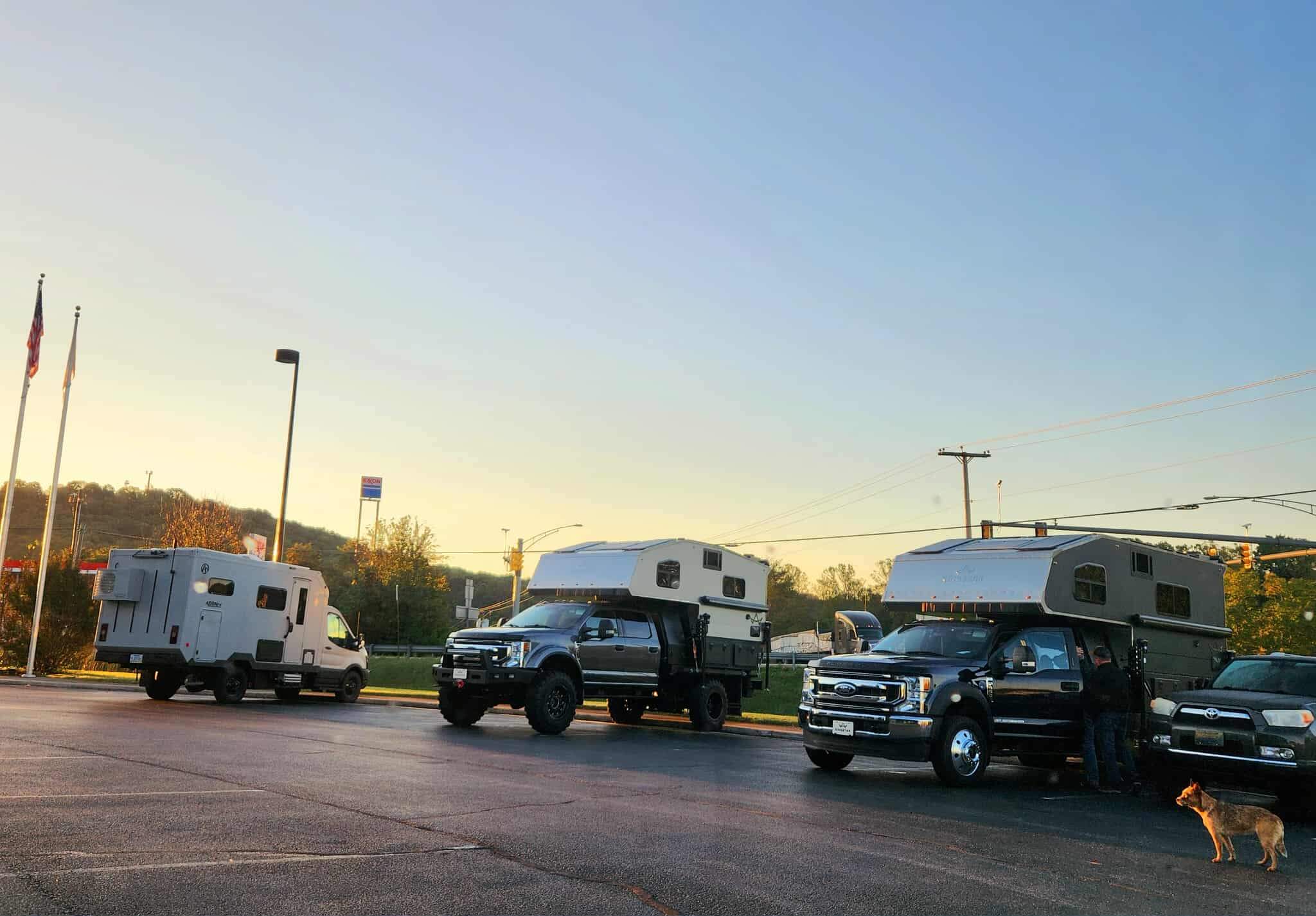
Start with the basics:
Maintenance first. Fresh fluids, good tires, working lights, and reliable brakes matter more than aftermarket parts.
Weight management. Every added pound affects suspension, braking, and fuel efficiency.
Core upgrades. Quality all-terrain tires, recovery points, upgraded suspension for load capacity, and underbody protection.
Power management. A dual-battery or solar system ensures consistent power for fridges, lights, and radios—critical for extended travel.
Organization. Keep essential gear—first aid, recovery, and tools—accessible and clearly labeled. Avoid clutter.
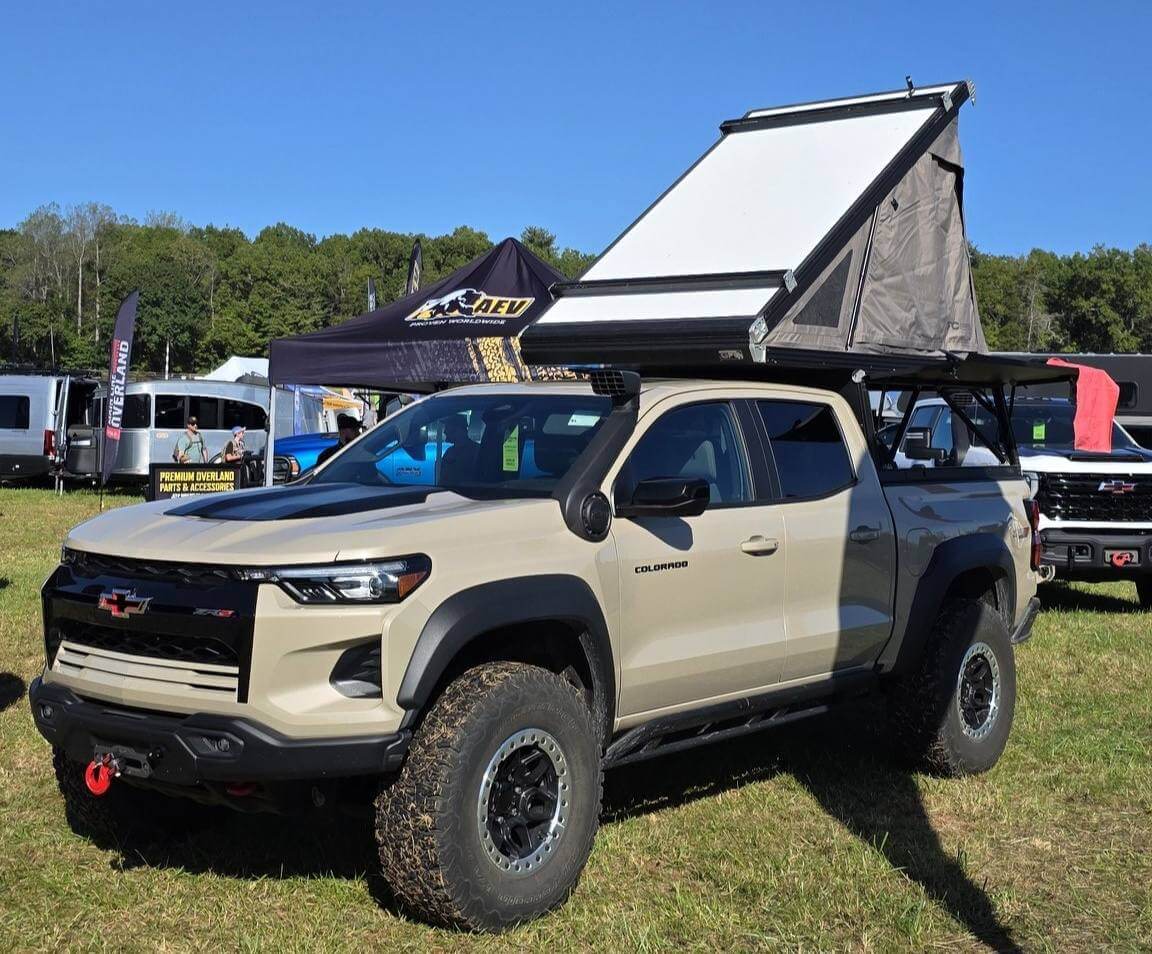
Remember the golden rule: Build for function, not fashion.
